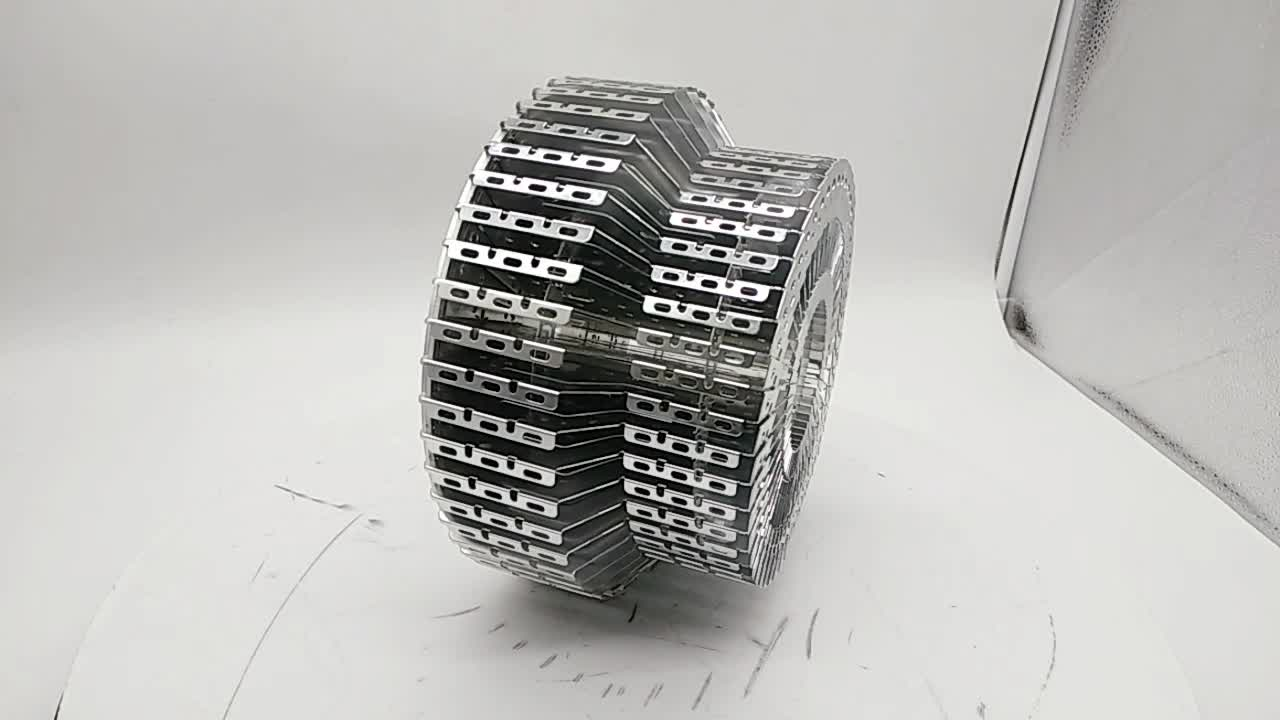When you are making computers, LED lights, or other devices, you need to think about what type of heat sink is ideal. They collect and remove heat from this equipment, assisting in their cooling.
Heat sinks are often classified according to the production technique used to make them, such as extruded, machined, and so on.
Every heat sink manufacturing technique has advantages and disadvantages. Heat sinks can be constructed in a variety of ways.
Extruded Heat Sinks
Extruded aluminum is used to make the largest proportion of heat sinks. Although there isn’t any copper heatsink extrusion, the procedure applies to the majority of alloys. Extruded heat sinks are inexpensive, and special requirements are simple to produce.
Extruded heat sinks’ efficiency might range from poor to excellent. Their principal disadvantage is the dimensions. They are constrained by the maximum size of extrusion.
Bonded Heat Sinks
The bonded heat sink type is often utilized in situations that need substantial heat sinks. An advantage of them is that even the base and fin materials don’t have to be the same type. In addition, instead of using only one fin material, a mix of copper and aluminum wings can be employed.
This enables you to boost thermal performance whilst increasing very little weight. However, bonded-fin type typically provide middling efficiency at a heavy price.
Skived Heat Sinks
Heat sinks created using this approach are often composed of copper. These are made from a single piece of metal. Such heat sinks have a high degree of design freedom and can attain a high fin density.
This increases the contact area and allows for better heat flow. They provide medium-to-high performance. However, they bring a heavier mass and directional awareness.
Stamped Heat Sinks
Steel fins are stamped and welded onto the foundation during this operation. These are typically employed in smaller applications. The cheap cost of stamped heat sinks is attributed to the simplicity of manufacturing automation. However, the biggest downside is overall productivity.
Forged Heat Sinks
Forged heat sinks are used in a variety of applications and are manufactured by crushing aluminum or copper. Heat sinks can be forged using either cold or hot methods. These provide medium efficiency. They can be produced at a reasonable cost in large quantities. They do, however, have limited design skills.
CNC Machined Heat Sinks
The CNC Machined Heat Sinks have high thermal conductivity. That’s why the can be used to create the most complicated designs. This implies you have a lot of leeway in your design. However, they are expensive, and the fabrication time might make them unsuitable for large-scale production.
Select the Best Heat Sink Option for Your Interest
Heat sinks to aid in the absorption and dissipation of heat generated by electrical equipment. You must ensure that you select the correct kind depending on your design demands and volume requirements.
Keep in mind that active heat sinks are occasionally necessary for improved heat dissipation. However, passive heat sinks without moving parts can also be employed.
Furthermore, in terms of raw materials, aluminum offers mass and cost reductions, whilst copper provides the maximum amount of heat conductivity.
